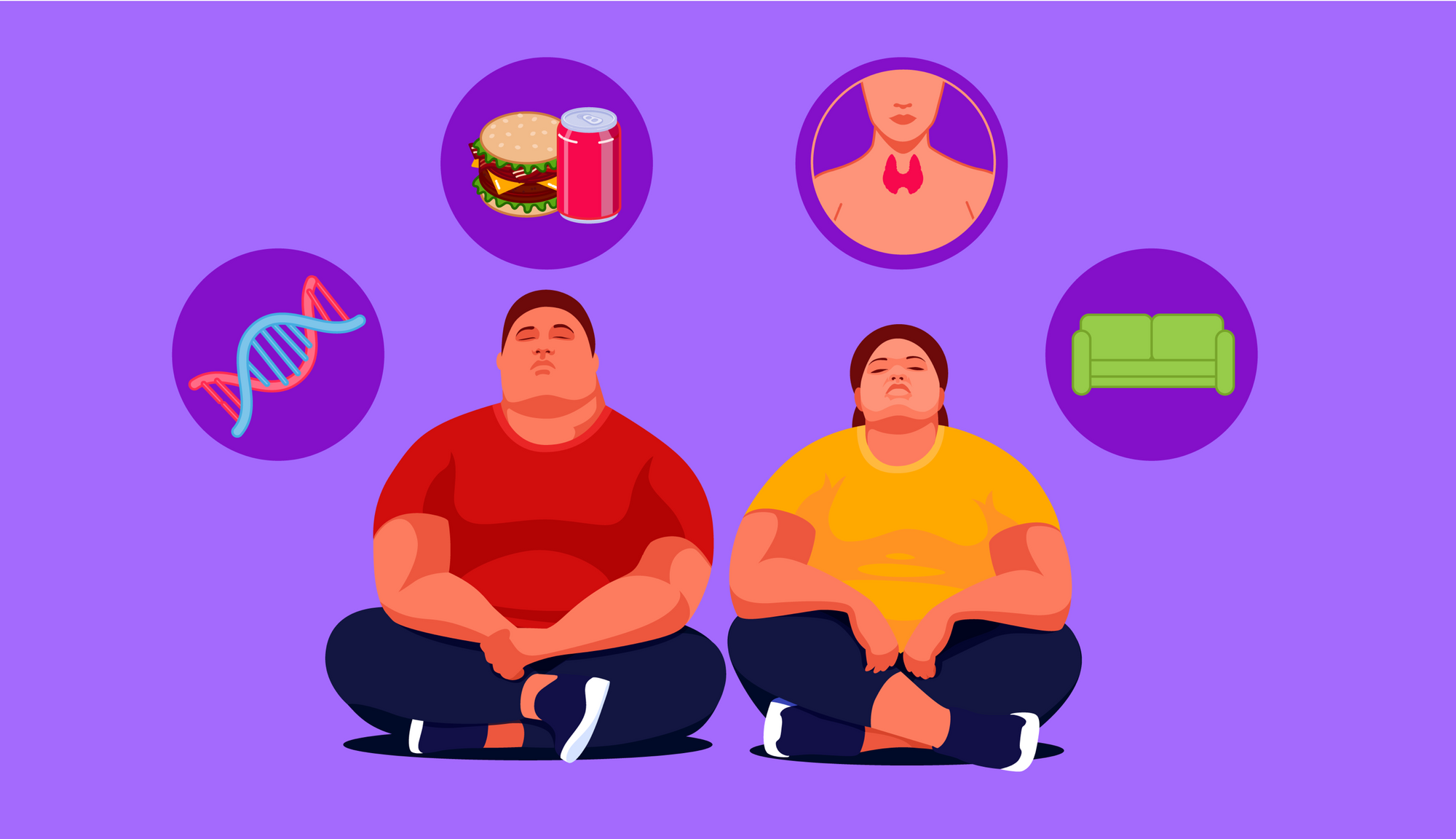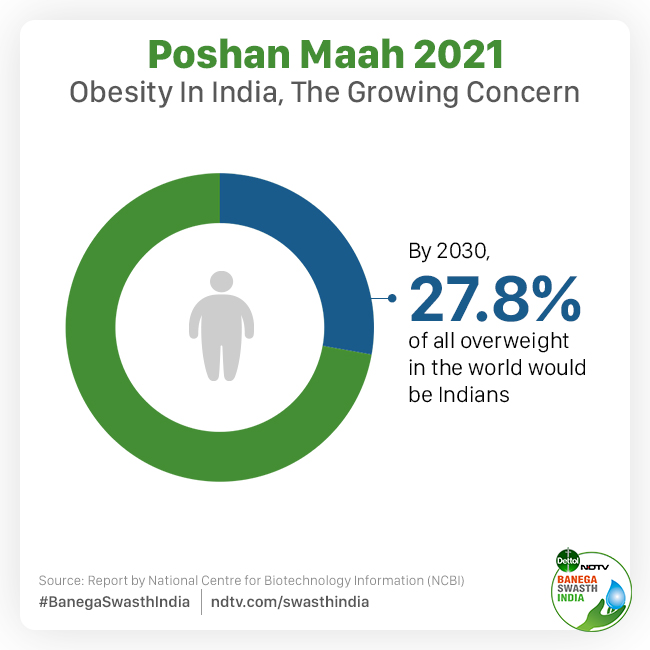Obesity is a growing concern in today’s world. With sedentary lifestyles, unhealthy food choices, and stress. It has become challenging to maintain a healthy weight. But there are effective ways to lose weight and avoid obesity. According to a Global Obesity Federation assessment, unless immediate action is made to stop the epidemic of excess weight, more than half of the world’s population will be overweight or obese by 2035.

Obesity is the long-term Pandemic
Certainly, obesity has become a widespread issue globally. With over 650 million adults and 340 million children classified as overweight or obese. It is associated with several health risks, including heart disease, diabetes, and cancer. Losing weight and maintaining a healthy weight are essential for overall health and well-being.\

38% of the world’s population, or 2.6 billion individuals, are currently overweight or obese. Yet, if current trends continue, it is predicted that in 12 years, there would be more than 4 billion clinically obese people or 51% of the world’s population.
India, Pakistan, Indonesia, and Nigeria may rapidly experience an increase in obesity prevalence. Particularly among children and adolescents, similar to that of upper-middle-income nations like Mexico, Brazil, and Turkey.
The current situation in India going worse rapidly
Adult obesity in India is increasing at a “very high” rate every year (5.2%). While child obesity is increasing at a “very high” rate per year (9.1%). According to the survey, women in India would develop obesity at a higher rate than girls, who will do so at a lower rate.

According to the study, unless extensive measures like tariffs and restrictions on the advertising of unhealthy foods are put in place, one in seven individuals would be clinically obese by 2035, up from one in seven now. This implies that about two billion individuals globally are obese, which raises their chance of developing illnesses including cancer, heart disease, and other conditions.

Pre-adults are twice vulnerable as the other population to fall into obesity
According to the research, childhood and adolescent obesity will likely rise more quickly than that of adults. It is anticipated that by 2035, the rate will have increased by at least double that of 2020, with 208 million more males under the age of 18 being afflicted.

Also, it is anticipated that among females of the same age, it will increase by 125%, affecting 175 million of them.
The research also emphasizes how many of the world’s poorest nations are experiencing the biggest rise in obesity. While simultaneously being the least prepared to combat the condition. Low- or middle-income countries in Africa and Asia make up nine of the ten nations expected to have the highest increases in the future years.
Forgetting the root importance of ‘Diet’
A healthy diet is one of the most effective ways to lose weight and avoid obesity. It involves consuming a variety of foods from all food groups, including fruits, vegetables, whole grains, and lean proteins. And certainly healthy fats.

Low in calories and abundant in fiber, vitamins, and minerals are fruits and vegetables. They can also help with weight loss and lower the risk of a number of chronic conditions. In addition to being high in fiber, whole grains like brown rice, quinoa, and whole wheat bread also assist to keep you fuller for longer and lower your risk of overeating.

Building and restoring muscle mass is essential for weight loss and maintaining a healthy weight for most people. As we know more muscle mass leads to more static calorie expenditure. Lean proteins generally like chicken, fish, and lentils. Healthy fats play a key role in regulating hormones and brain function, which can be found in avocados, almonds, and olive oil.
READ MORE: Top 5 ways to lose fat and get lean
Conclusion
To summarize the obvious, unhealthy food choices, such as processed and sugary foods, can lead to weight gain and obesity. In sedentary and close to passive lifestyle individuals.
These foods are high in calories, low in nutrients, and can cause spikes in blood sugar levels, leading to cravings and overeating. It’s like quicksand but with food, once u eat sugary foods you tend to crave more of them and lose interest in naturally sweet fruits as of the low stimulus.

They are also heavy in calories and low in nutrients.
It’s also critical to remember that a healthy diet needs to be tailored to each person’s needs and interests. A qualified dietitian’s advice can be very helpful when creating a sustainable and healthful food plan.
For more amazing reviews and insights like this, stay tuned to Interviewer Pr


